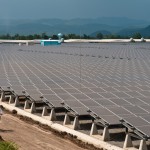Economy and industry
Infrastructure Financing Mechanisms - Public Private Partnerships
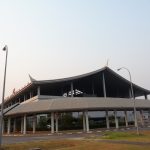
Overview In the past decade, infrastructure development has been a central focus of policymaking for countries in the Lower Mekong – Cambodia, Laos, Myanmar, Thailand, and Vietnam. Financing these projects is a complicated and large undertaking. A multi-billion dollar airport project, for instance, may require loans ...
Science and technology

As the most developed countries in the region, Thailand and Vietnam lead the Lower Mekong in their adoption, accessibility and investment in science and technology. Thailand is also the only Lower Mekong country to rank on UNESCO’s Atlas of research and experimental development. While all ...
Economy and commerce
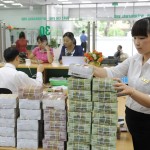
The economies of the five Lower Mekong countries range from those still developing beyond a reliance on agriculture and natural resources, to more robust export economies supporting themselves and becoming more independent. For the 2015 fiscal year, the World Bank categorized the region’s economies as ...
Industries
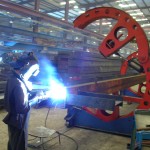
The Mekong region holds a vital part of Southeast Asia’s industrial potential. As defined by Open Development Mekong, the industry category includes not only manufacturing, but also construction and tourism, which are important sources of employment and income in the region. [This page is under development, ...
Infrastructure
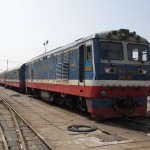
Adding to and upgrading the Mekong region's infrastructure has been given a high priority by governments, development partners and regional banks. The shortfall in the estimated amount that needs to be spent by 2020 is being addressed by several new initiatives and strategies in the ...
Hydropower dams
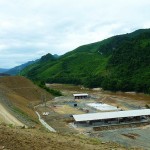
With its vast, complex network of tributaries, the Mekong river system has been identified as a valuable source of hydroelectricity generation from as early as the 1960s. Today, the Lower Mekong Basin is a key site for large-scale hydropower dam development,1 and it is estimated ...
